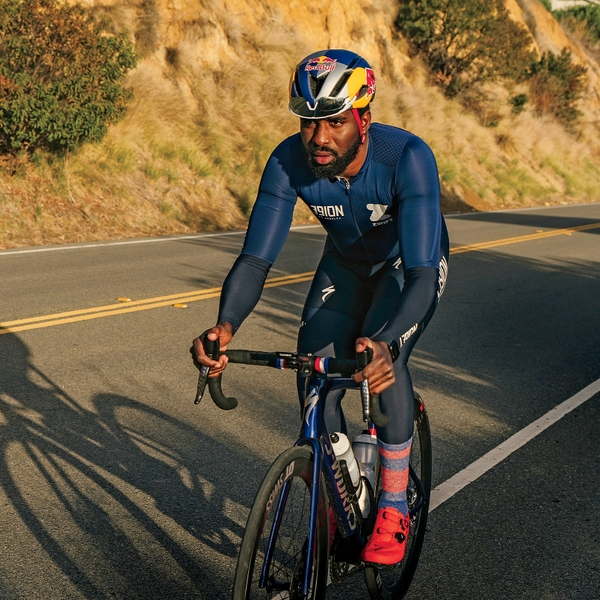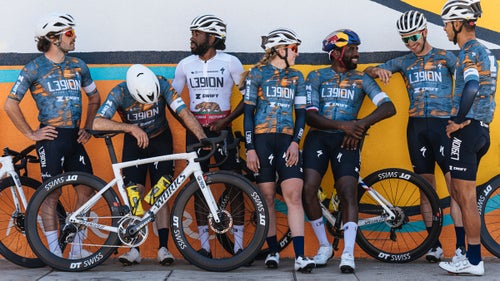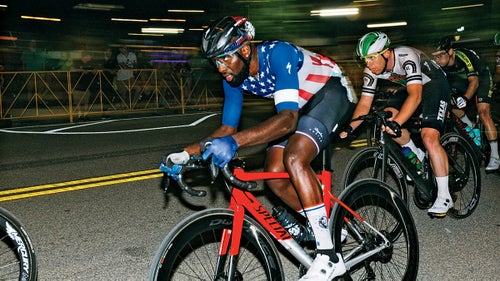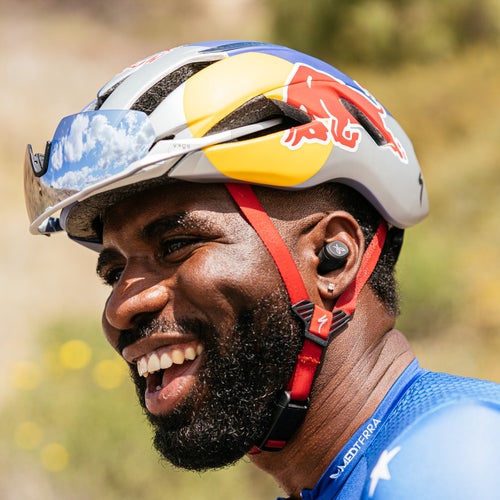Justin Williams Wants You to Care About Pro Cycling
He’s not only one of the fastest cyclists in the country—he’s also one of the sport’s most outspoken champions for diversity. But his mission has morphed into the greatest moon shot of all: to bring bike racing to the American masses.
New perk: Easily find new routes and hidden gems, upcoming running events, and more near you. Your weekly Local Running Newsletter has everything you need to lace up! .
Odds are, if you live in the United States, you don’t follow professional cycling. Even if you do tune in to the Tour de France once a year, it’s unlikely you’ve heard of criterium, a spectator-friendly variation of road racing that takes place over multiple laps on a closed course. You probably didn’t know that although the format isn’t represented in the Olympic Games or on the calendar, most road races in this country are crits, and the discipline has developed its own distinctive style and vibrant scene here, which includes the premier Series. All of this is too bad, because it means you almost certainly don’t know that crits are, in fact, a helluva lot of fun to watch.
“It’s the most intense hour and a half of people pushing speeds of 40 miles an hour, inches away from each other,” says Justin Williams, pro cyclist and founder of the team . “There are a hundred guys fighting for the same spot. There are crashes, there’s screaming, there’s yelling. It’s just this high-intensity, high-octane, in-your-face kind of sport.” In short, Williams explains, it’s extremely American: “If you love football, if you like watching people get smacked and run into each other or seeing people getting dunked on, you’ll like crit racing.”
If you’re surprised to hear cycling talked about this way, that’s exactly the problem Williams, 31, is trying to solve. Justin Williams is on a mission to make you give a shit about American bike racing.
Which the sport needs. Badly. Though interest in other disciplines like gravel racing has grown—and 2020 saw a pandemic-induced bike boom, creating the opportunity for a potentially huge new fan base—road racing in the United States has experienced a steady decline in participation since 2012. A couple years ago, the website CyclingTips published a piece entitled “” reporting on a slew of North American teams and marquee events folding or losing major sponsors. On this side of the Atlantic, most people still think of road racing as a European sport that produces few American heroes—last year only three U.S. athletes competed in the Tour de France. ���ϳԹ��� of the Armstrong years, the cycling industry has struggled to make racing appeal to anything beyond a niche (and a mostly white male one).






